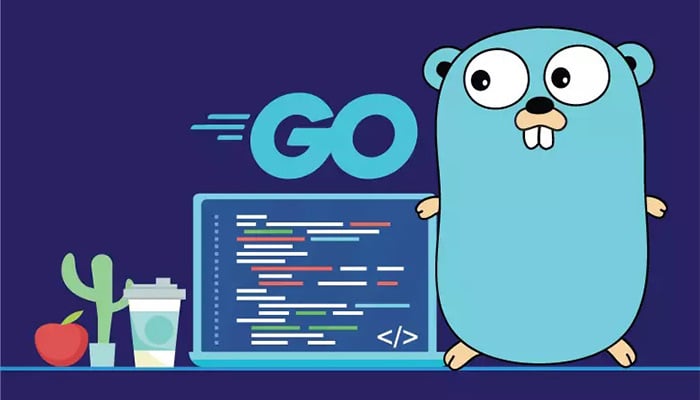When it comes to building backend systems that are both high-performance and highly concurrent, Google's Go programming language (Golang) has rapidly become a favorite among developers. Designed for simplicity and efficiency, Go addresses many of the challenges faced in modern server-side development, making it an excellent choice for a wide range of applications, from microservices to large-scale distributed systems.
One of Go's most celebrated features is its built-in support for concurrency. Goroutines, which are lightweight threads managed by the Go runtime, allow developers to write concurrent code with ease. Paired with channels for safe communication between goroutines, this model simplifies the development of complex systems that can handle thousands of simultaneous connections without breaking a sweat. This makes Go ideal for network services, APIs, and real-time applications where responsiveness is key.
Go is a compiled language, which means it translates directly to machine code, resulting in exceptional performance that is often comparable to languages like C++. Its statically-typed nature and efficient garbage collector contribute to fast execution speeds and optimized memory usage. For businesses, this translates to lower infrastructure costs, as applications can run on fewer resources while still delivering top-tier performance.
Simplicity is a core tenet of Go's design philosophy. The language has a small, clean syntax that is easy to learn and read. This focus on simplicity leads to more maintainable and reliable code. The robust standard library provides a wealth of built-in functionality for common tasks like handling HTTP requests, JSON encoding/decoding, and testing, reducing the reliance on third-party libraries and ensuring a consistent development experience.
Go's tooling is another area where it shines. The language comes with a powerful set of command-line tools that handle everything from code formatting (`gofmt`) and testing to dependency management. This built-in tooling streamlines the development workflow and promotes best practices across teams, ensuring code quality and consistency.
In summary, Go's combination of performance, concurrency, simplicity, and a powerful standard library makes it a compelling choice for modern backend development. Its ability to build fast, reliable, and scalable systems with ease is why it has been adopted by major companies like Uber, Dropbox, and, of course, Google. If you're looking to build a backend that can handle the demands of today's digital landscape, Go is a language that should be at the top of your list.



